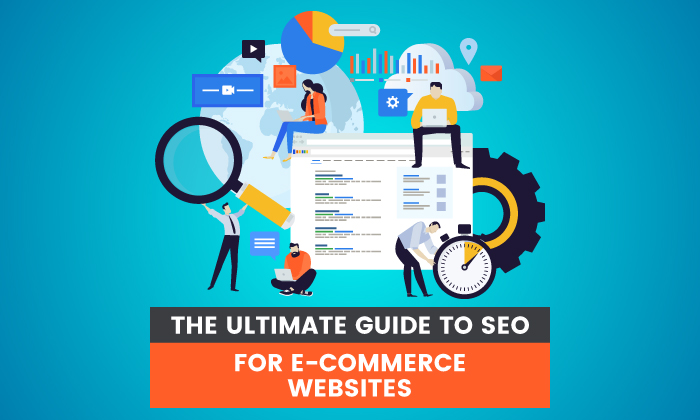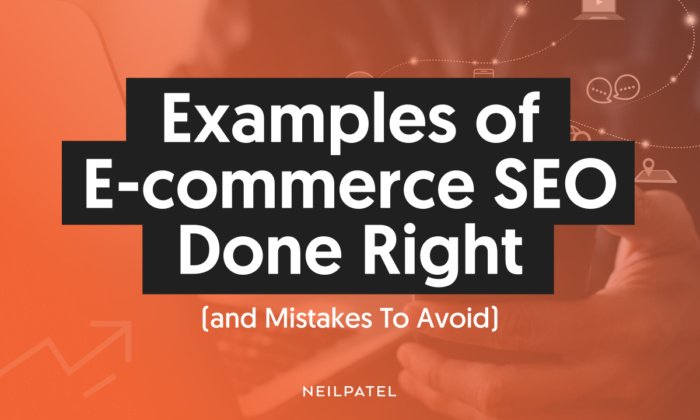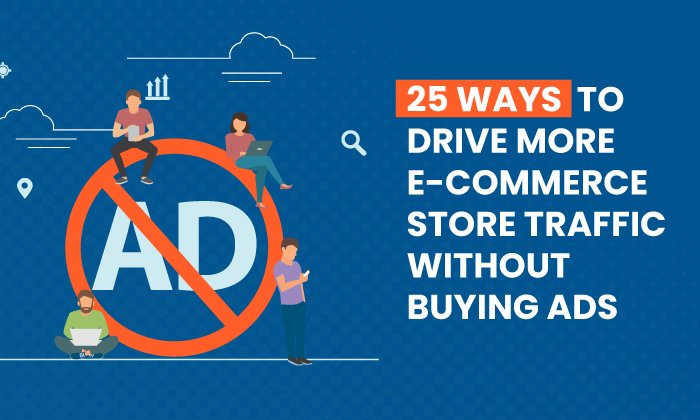The Ultimate Guide to SEO for E-commerce Websites

By Neil Patel
If you’re retailing products and want to reach the widest audience possible, having a well-optimized e-commerce website is an absolute must.
Why? Well, there are several benefits.
A great e-commerce website helps you understand the basics about your customers, for example, demographics like their locations, age groups, and how they found you.
By using tracking, you can then use your visitor’s information for behavior analysis to get to know them even better.
An e-commerce website does more than this, though. It can also help you understand where things are going wrong. For example, which traffic sources don’t work, which offers don’t appeal, and cart abandonment issues and their potential causes.
Of course, the more obvious reason you would want to have your site fully optimized: the growth of e-commerce worldwide. Year on year, e-commerce keeps growing, and this pattern looks like it will continue.
If you’re already online, that’s great. However, you risk remaining invisible to fresh prospects and new leads if you don’t take proactive steps to increase visibility.
How do you do that? It’s simple enough: with SEO for e-commerce.
What Is SEO for E-Commerce?
SEO for e-commerce is a strategy that helps web retailers rank higher in search engine results. A well-designed and optimized website with high-quality content will rank better in search engines such as Google, increasing your store’s visibility and driving traffic.
In other words, SEO for e-commerce concentrates on optimizing your site, which makes it easier to get leads and conversions.
However, unlike SEO for content-focused websites, SEO for e-commerce is more than just adding keywords, writing blog posts, and gaining links. You need to understand how search engines work and what they reward.
That means having a working knowledge of SEO for e-commerce, considering Google’s guidelines, analyzing buyer intent, and implementing it strategically.
E-Commerce SEO Best Practices
E-commerce for SEO is a complex field, and with millions of online retail sites in existence, it’s not always easy to make your site stand out.
While it might seem like a huge challenge to build your SEO rankings, you can make a positive start by applying some best practices. In time, this increases your chances of visibility and gaining more organic leads and customers.
For the unfamiliar, what do best practices for SEO for e-commerce look like? Well, you could start by addressing fundamentals like:
- navigation
- internal links
- avoiding clutter
- creating unique content
- including alt text for images
However, there’s far more you can do. Below, explore our list of SEO for e-commerce best practices you can implement today.
1. Perform Keyword Research the Right Way
There are many different ways to optimize your e-commerce site, and not every approach is suitable for every site or product. However, some guidelines apply to every online retailer, and one of them is performing keyword research correctly.
Yes, you want the most relevant and popular keywords in your industry, but you must also understand buyer intent.
Keyword intent is the intention behind a search query. You can identify it by looking at the specific phrases and terms people use …read more
Source:: Kiss Metrics Blog








